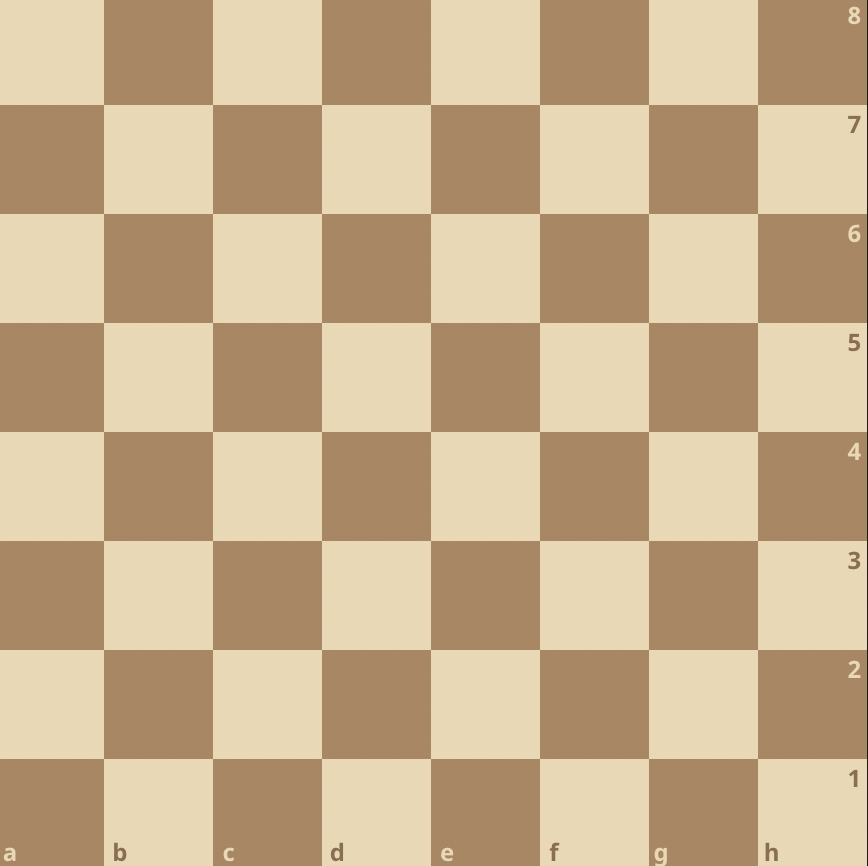It’s easy to jump to a conclusion here and come up with 64 squares, but is it actually correct?
Of course, if you’re simply looking at the small squares occupied by the pieces during a game of chess, that’s the proper answer.
But what about the larger squares that result from combining these small squares? If you consider each square of various sizes on a chess board instead of the individual square units, you’re gonna be having much more than 64.
The total number of squares will be 204.
This is because chessboards are usually drawn with a grid of alternating black and white squares forming the checkered pattern.
The squares on a chessboard include all the possible positions for 1×1 squares (64) up to 8×8 size squares (1), which makes different squares in total.
Here is a breakdown of the number of squares of each size:
(You do this by creating a bigger unit of squares with each square on the board.)
| Unit | Horizontal number of square | Vertical number of square | Total Number of square |
| 1×1 | 8 | 8 | 64 |
| 2×2 | 7 | 7 | 49 |
| 3×3 | 6 | 6 | 36 |
| 4×4 | 5 | 5 | 25 |
| 5×5 | 4 | 4 | 16 |
| 6×6 | 3 | 3 | 9 |
| 7×7 | 2 | 2 | 4 |
| 8×8 | 1 | 1 | 1 |
| Total | 204 |
You’ve probably seen a pattern by now. As we progressively make the target square smaller by one unit, we can find this a perfect square number of times.
There are 2×2 starting positions a (7×7) square can start from, and there are 3×3 starting positions a (6×6) square can start from, there are 4×4 starting positions a (5×5) square can start from, etc.
This way, you’ll get 203 squares from the initial 64. Adding the 1 square that contains all 64 squares gives you 204 squares on a chessboard.
Let us know if you got this.







join the conversation